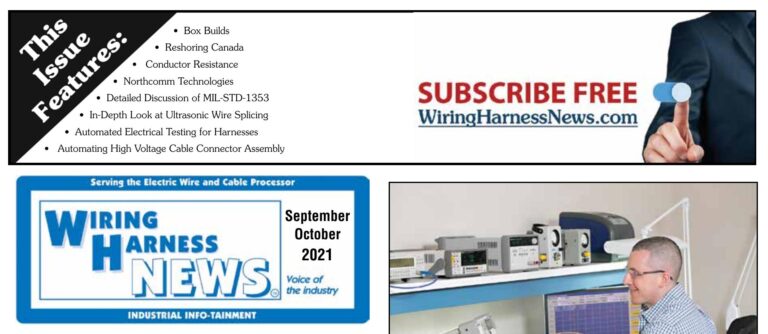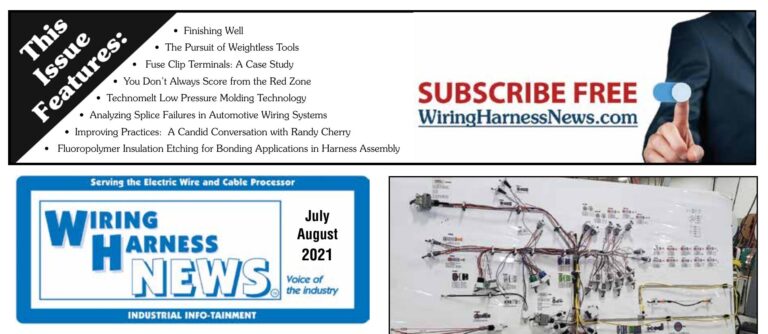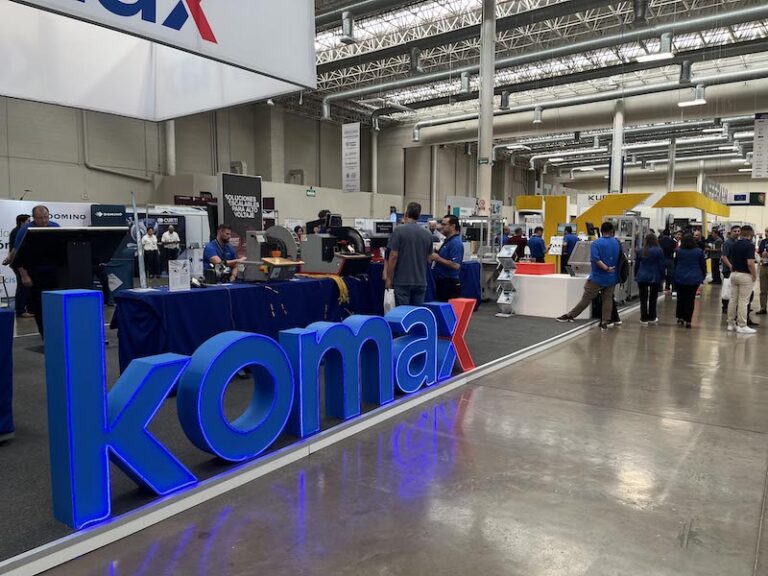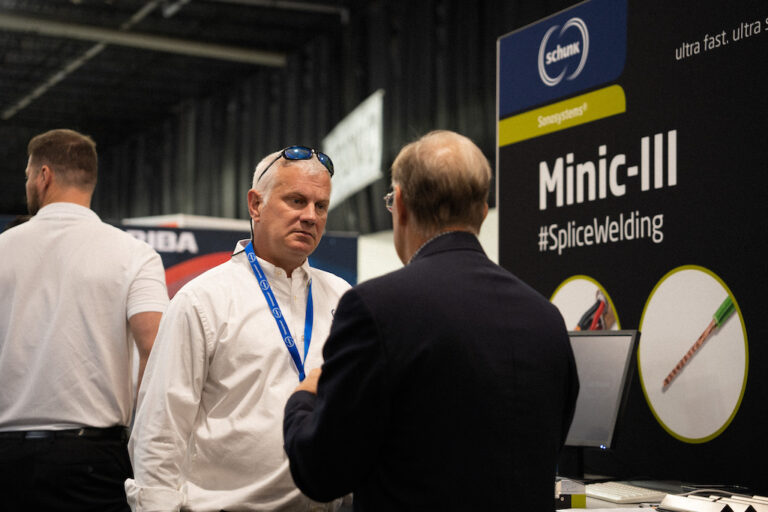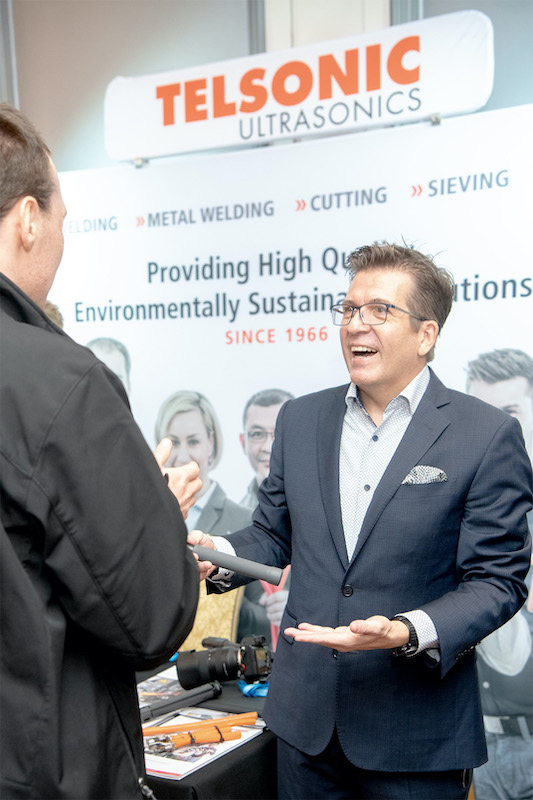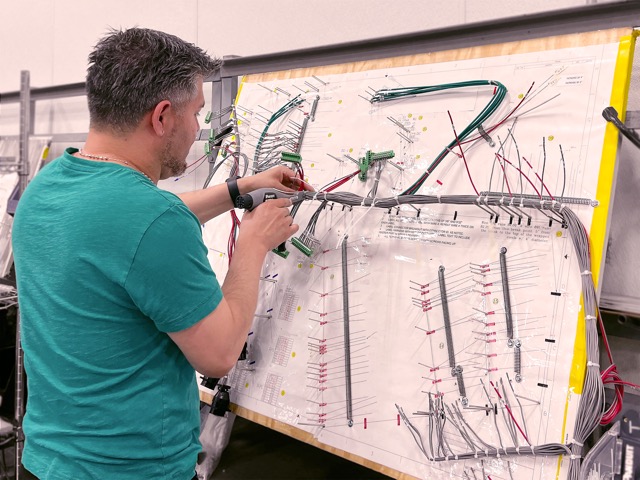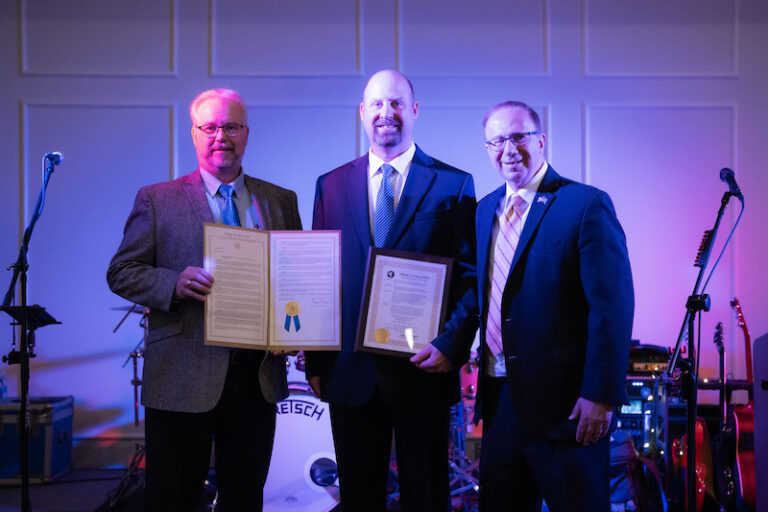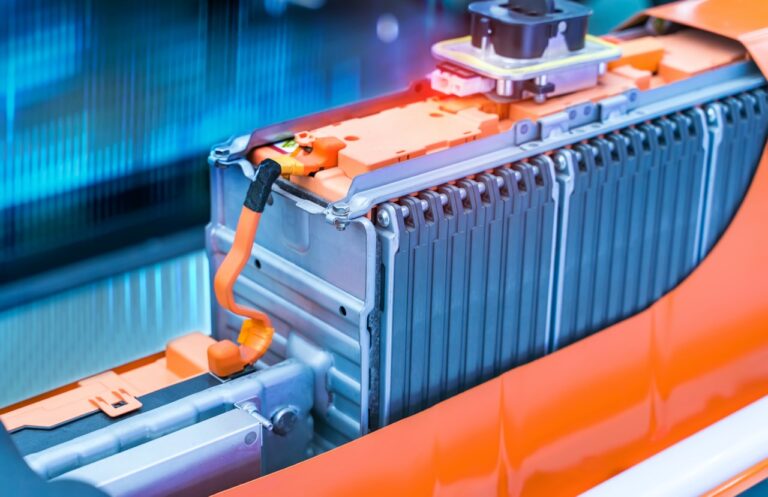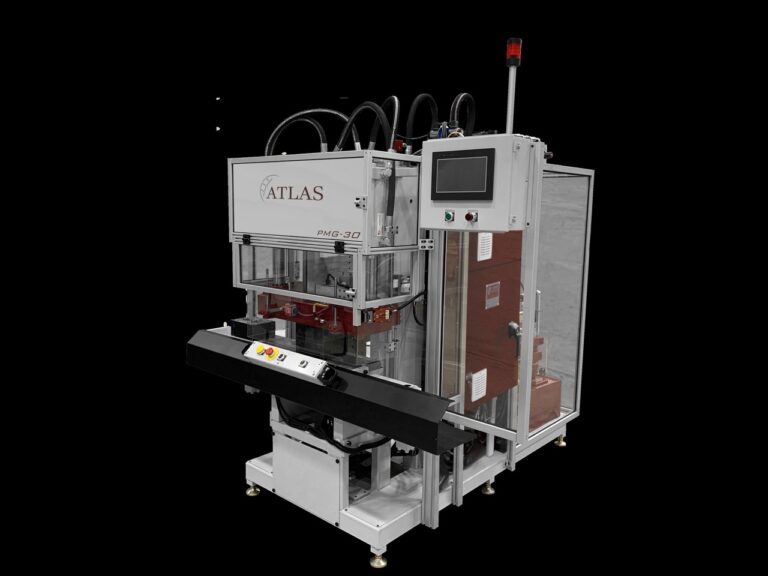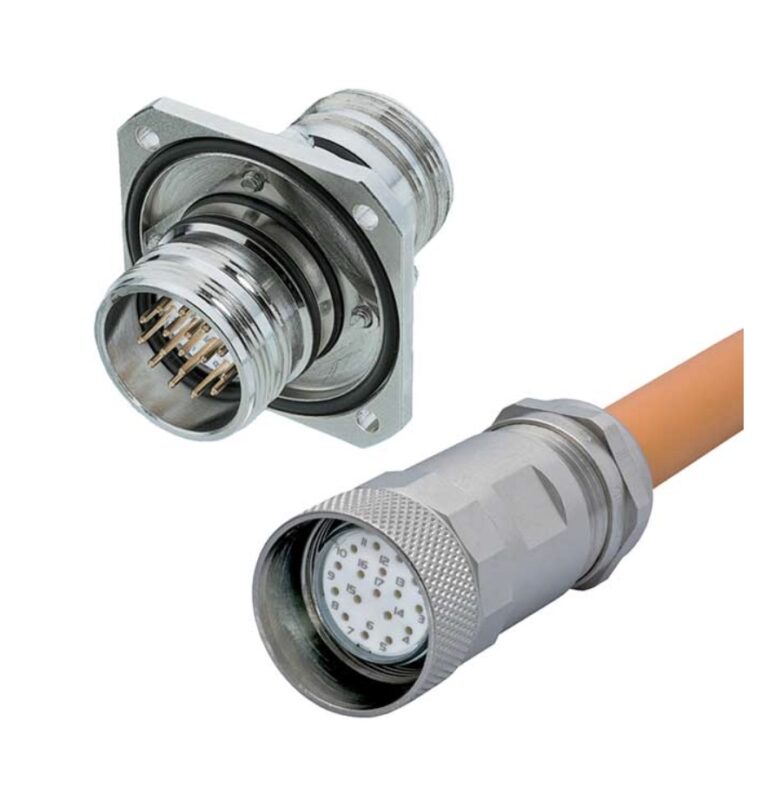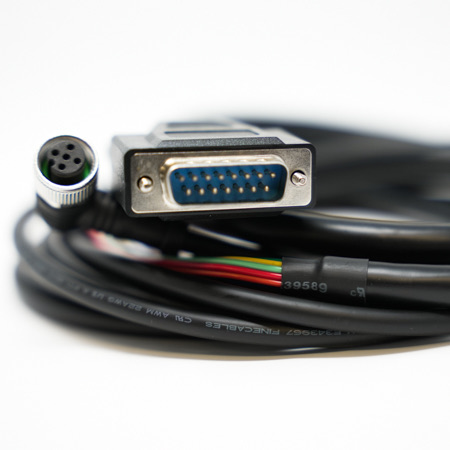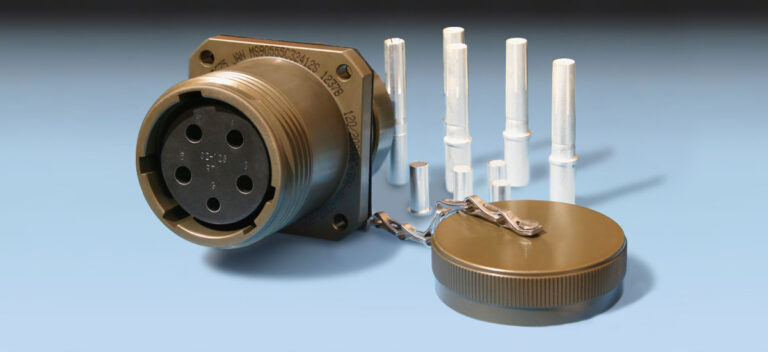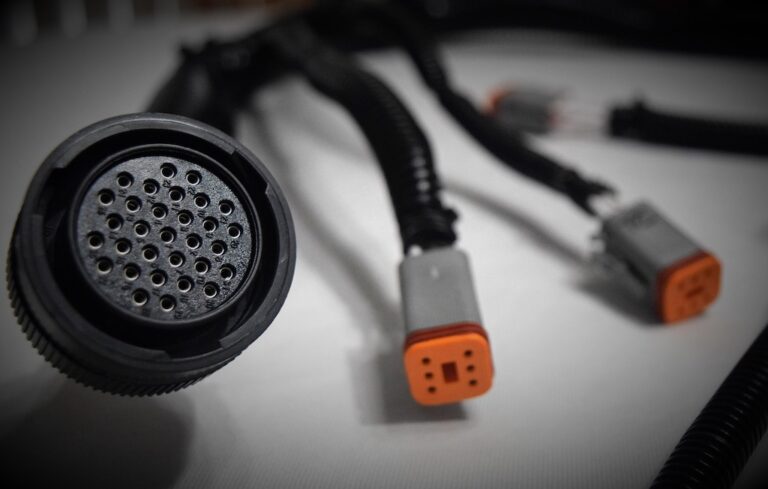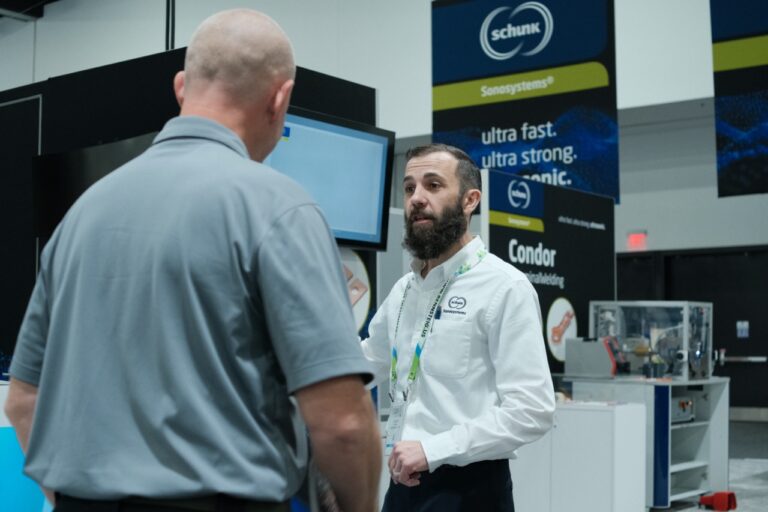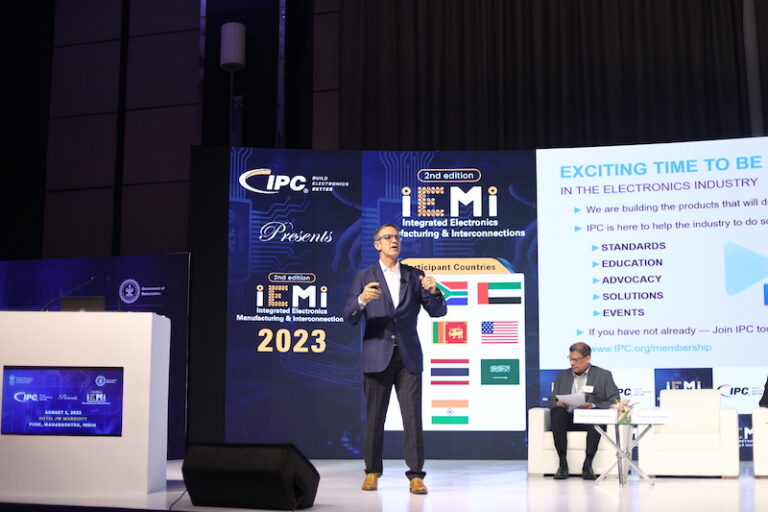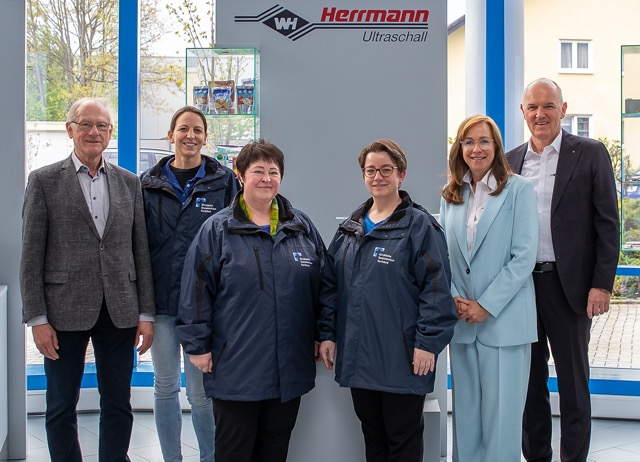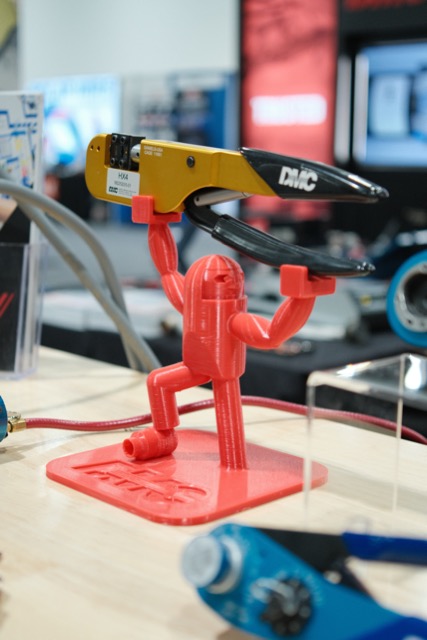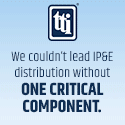Flexible Flat Cables (FFCs) and Flexible Printed Circuit Cables (FPCs) are versatile components with a wide range of uses in electronic components across various industries. Their unique properties and design make them great choices for some specific applications. In this article we will explore some common uses and applications of FFCs and FPCs. But first, let’s take quick look at the construction of these two types of conductors and explain some differences.
FFCs consist of multiple flat conductors (wires) arranged side by side and are often used for short-distance connections within devices. On the other hand, FPCs are manufactured by printing conductive traces on a flexible substrate. FFCs are typically wider and flatter, suitable for broader connections, while FPCs offer greater flexibility and can be folded or bent to fit tighter spaces. FFCs are great in applications requiring higher current capacities. Because the conductors can be printed in just about any configuration, FPCs shine in scenarios demanding intricate circuit layouts and intricate connections. Ultimately, the choice between FFC and FPC depends on the specific requirements of the application, with FFCs offering simplicity and robustness, and FPCs providing flexibility and design versatility.
Electronics and Consumer Devices – FFCs and FPCs offer a compact and lightweight solution for connecting components in electronics and consumer devices. Their flexibility allows them to be routed in tight spaces, reducing overall device size and enhancing design freedom.
Automotive Industry – FFCs and FPCs are well-suited for the automotive industry due to their resistance to vibration and shock. They can be used for wiring in tight spaces within vehicles, contributing to efficient and reliable electrical connections. Their light weight, low profile and flexibility make them especially useful in battery cell procustion for EVs.
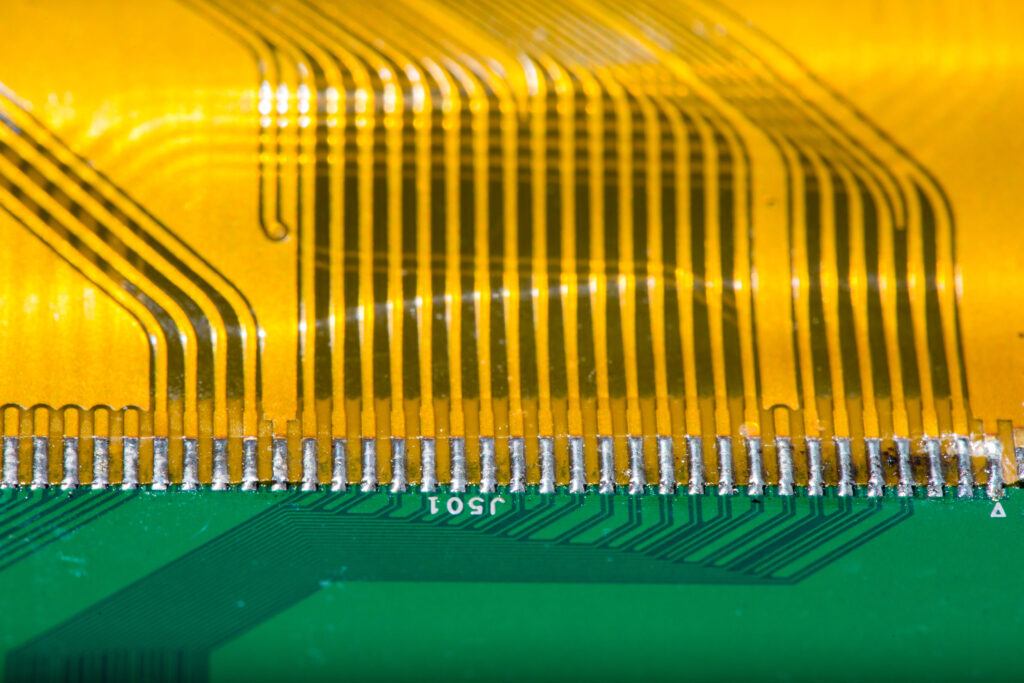
Injection Molded Structural Electronics (IMSE®) integrate FPCs components into 3D injection molded smart surfaces like interior panels in an automobile. This offers weight reduction and easier assembly as harnesses can be embedded molded directly into components. (For more information, go to wiringharnessnews.com and enter the search term IMSE)
Medical Devices – The flexibility and compactness of FFCs and FPCs are ideal for medical devices where space is limited. Their design minimizes the risk of interference and ensures consistent, high-quality signal transmission.
Aerospace and Defense – In aerospace applications, weight reduction is crucial. FFCs and FPCs provide a lightweight alternative to traditional wiring, contributing to fuel efficiency and optimized performance.
Robotics and Automation – FFCs and FPCs are used in robotics and automation systems due to their ability to withstand continuous movement and bending. They enable precise and reliable communication between components.
Display Technology – FFCs and FPCs are commonly used in display panels, such as LCDs and OLEDs, for connecting various components. Their flexibility allows for seamless integration and improved visual quality.
Communication Devices – FFCs and FPCs play a crucial role in communication devices like smartphones, tablets, and routers. Their compact design and ability to handle high data rates ensure efficient signal transmission.
Industrial Machinery – In industrial settings, FFCs and FPCs are used for connecting sensors, actuators, and control systems. Their durability and resistance to environmental conditions make them reliable choices.
Wearable Technology – FFCs and FPCs are suitable for wearable devices due to their flexibility and ability to conform to the body’s contours. They enable comfortable and unobtrusive integration of electronics.
IoT and Smart Devices – FFCs and FPCs are integral to the Internet of Things (IoT) and smart devices, providing seamless connectivity between sensors, processors, and other components.
The flexibility, lightweight nature, and adaptability of Flexible Flat Cables (FFCs) and Flexible Printed Circuit Cables (FPCs) make them great choices in a wide range of industries and applications. Overall, they optimize space, enhance reliability, and provide efficient signal transmission in various challenging environments.



















